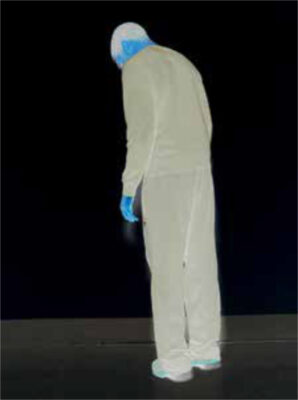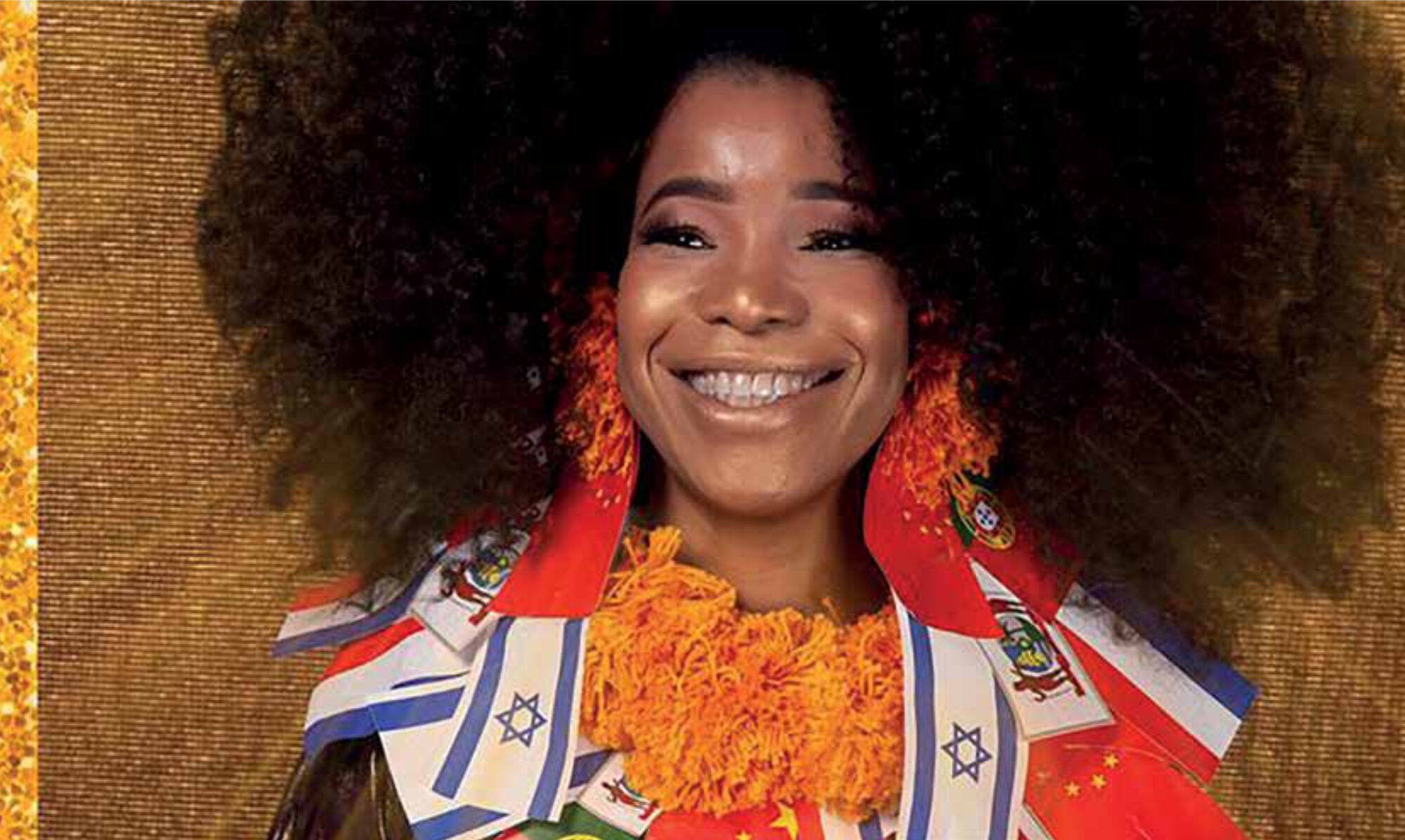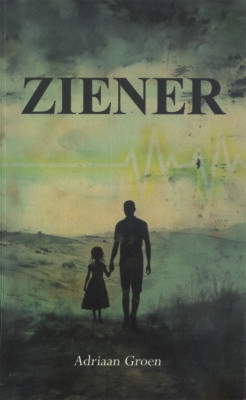Main content
The fear of going crazy or losing oneself completely is one of the greatest fears we know. One in four people will face mental difficulties in their lifetime. If it is not you, it is one of your friends, family members or colleagues who suffers from a period of mental illness.
Unfortunately, this does not lead to the understanding, solidarity and financial support we have come to know for other diseases such as cancer or aids. Psychiatric patients are often stigmatised and the field of psychiatry often suffers from financial limitations. As a result, patients refrain from seeking treatment, or treatment is not accessible at all. Poor access to mental and physical health care causes a reduced life expectancy, exclusion from higher education and employment, increased risk of contact with the criminal justice system, victimisation, poverty and homelessness.[1] According to stigma expert Graham Thornicroft, the most widely used and effective intervention to target stigmatisation in psychiatry is to improve social contact between mentally healthy and ill people.
The Beautiful Distress Foundation
In 2014, the Beautiful Distress foundation was started with a mission to reduce psychiatric stigma through art projects. Even though mental illness often evokes negative emotions, it is also a source of creativity. By bringing these two worlds together, Beautiful Distress wishes to validate the world and experiences of the mentally ill.[2]
Beautiful Distress organises residencies in different countries. The concept of the residency is simple: the cooperating hospital provides an apartment and a studio within the hospital for a period of three months. The resident artist comes into contact with the patients and staff on various wards to do research and practice their art. At the end of the residency, the artist has produced a body of work, which is first shown in the hospital and later in various Beautiful Distress activities. Art can tell the stories of psychiatry to a large audience, which does not come in contact with mental illness or psychiatry on a daily basis. In contrast to earlier initiatives such as Het Vijfde Seizoen (The Fifth Season), the residencies were not focused on the artistic development of the artist but on the implications their work has for the patient and society. To promote social interaction around their work, all works are exhibited in closing meetings and symposia where a broad audience is invited, including policymakers, patients and their families, artists, health care practitioners, and the general public.

The residencies
Over the past years, various Dutch and international artists have entered the residency programme at Kings County Hospital in New York City and Fukuroda Hospital in Daigo, Japan. The cultural differences and different perceptions of psychological vulnerabilities are the start of an international exchange of images, ideas and solutions.
Kings County Hospital is a huge public mental health hospital situated in a poor part of Brooklyn, New York City. The hospital is in a crowded neighbourhood with mostly poor people with various ethnical backgrounds experiencing difficulties in surviving in the city. This is in striking contrast to Fukuroda Hospital, about 160 kilometres from Tokyo. In Japan, having a mental illness is hard and especially shameful. As a result, patients are not seen in public. The town Daigo is a small, aging city where most of the young people have left. As Fukuroda Hospital provides patients with education and teaches them skills, patients often continue living in the town. As a result, the town is becoming economically dependent on a marginalised group.
All residencies share the following themes. According to a systematic review by Leamy et al., the determinants for personal recovery are: connectedness, hope and optimism about the future, identity, meaning in life, and empowerment.[3]
As an example, the first residency at Kings County Hospital focused on the first theme, connectedness. Annaleen Louwes was the first photographer and white female in a mixed group of patients. It took some time for her to gain the trust of the patients. The gap between her and the patients became smaller when she decided to reverse her photos in a negative colour scheme. The result showed that all persons had the same blue-toned skin colour. From that moment on, everybody wanted to be in the project, which resulted in an exhibition and a book titled: Black and white and (some) kind of blue or I only want to be happy.[5]
Social interaction
Following a residency, the artworks are exhibited in the Beautiful Distress House in Amsterdam or elsewhere. Posters are hung throughout the city to reach a broad audience. In addition, a series of meetings called ‘madness meets art’ is held where a broad audience including policymakers and the mental health institutes are present. Our aim is to present smart and clear recommendations in order to reduce stigma in psychiatry.
As a framework we use the publication of Laemy et al. For example, Jan Hoek created a project Mental superpowers in New York City.[6] He asked people to visualise their demons and delusions with a twist: turn your demon into a creature which gives you power. Together with the patients, he searched for props and took pictures. Vulnerability turned into strength. Identity and empowerment are the major themes. We repeated this in a mental hospital in Amsterdam and are now in the process of collecting the experiences. We will hold discussions with our partners on how to convert those experiences into recommendations that will really combat prejudices against people with psychological vulnerabilities.
Future outlook
Beautiful Distress is an international growing foundation with a mission to fight psychiatric stigma through art projects. Although current residencies are on hold because of the Covid-19 pandemic, exhibitions and meetings are still planned. For 2021, an exhibition and education programme will start on the theme Psychiatry, sexuality and power. Not only Dutch artists, but also artists from Syria, Egypt, Armenia and Chile will reflect together on this theme. The foundation keeps growing within the Netherlands and also abroad. Especially in countries where access to mental health care is limited, storytelling through art, literature, music or theatre can be an accessible way to reduce stigmatisation and clear the path to better mental health.
References
- Thornicroft G, Mehta N, Clement S, et al. Evidence for effective interventions to reduce mental-health-related stigma and discrimination. Lancet. 2016 Mar 12;387 (10023):1123-32 DOI: 10.1016/S0140-6736(15)00298-6
- Beautiful Distress [Internet]. Waarom. Available from: www.beautifuldistress.org/overons-2-1
- Leamy M, Bird V, Le Boutillier C, et al. Conceptual framework for personal recovery in mental health: systematic review and narrative synthesis. Br J Psychiatry. 2011 Dec;199(6):445-52. DOI: 10.1192/bjp.bp.110.083733
- Annaleen Louwens [Internet]. Available from: www.annaleenlouwes.nl
- Jan Hoek [Internet]. Mental Superpowers. Available from: https://janhoek.net/MENTAL-SUPERPOWERS


















































